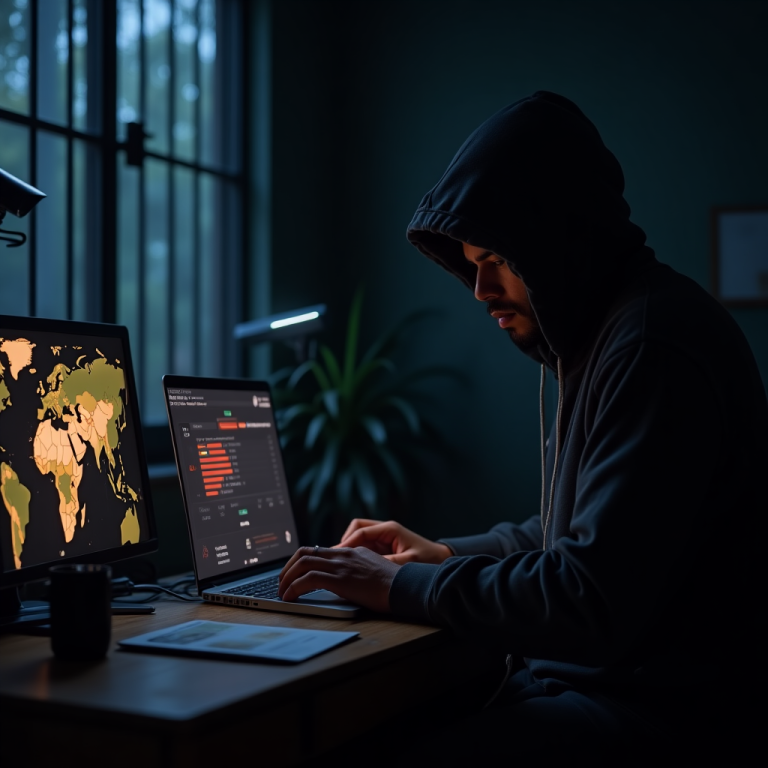Have you ever experienced that feeling of paranoia, where you feel you are being watched? This could be in a hotel room, Airbnb, in traffic and so on. Well, that feeling is not unfounded as that hotel mirror can look normal—until you scan it with your phone’s flash-light. I’ve heard countless stories: cameras cleverly disguised in everyday objects, GPS trackers silently mapping movements, and spyware lurking within our phones.
But here’s an interesting thing I’ve learned, working alongside individuals across this region: You don’t need specialized training or expensive gadgets to “fight back.” After training activists, journalists, and high risk individuals throughout Africa, I’ve compiled this practical, budget-friendly guide to help you detect these intrusive devices using everyday tools.
Part 1: Surveillance Devices You Might Encounter
1. Hidden Cameras
- Common hiding spots:
- Smoke detectors & wall sockets: Alarmingly prevalent in budget hotels and even some guest-houses.
- USB chargers & power banks: Often surreptitiously placed in meeting rooms and shared workspaces.
- TV HDMI ports: A less obvious but increasingly used method to monitor activity in rooms frequented by activists.
2. Audio Bugs
- How they’re used:
- Cynically embedded within seemingly thoughtful “gifts” or those ubiquitous “free” USB drives handed out at events. Yes, that free USB drive, bluetooth speaker, iPods etc that were generously handed to you for free at some event.
- Discreetly nestled within the false ceilings of conference rooms where sensitive discussions take place. Remember, hotels allocate conference rooms in advance and this means that they know who will be in the room, when and for how long. For activists and journalists, you can bet some quarters will be interested in what you are discussing.
- Cleverly disguised as everyday phone charging bricks left conveniently within reach. This is mostly used to compromise your mobile device using a technique called “juice jacking”.
3. GPS Trackers
- Real cases I’ve encountered:
- Small, magnetic trackers clamped under the chassis of vehicles belonging to “individuals of interest”.
- Disturbing reports of manipulated “Uber” or taxi apps secretly harvesting location data even when the app isn’t actively in use.
4. Phone Spyware
- Red flags to watch for:
- Your phone inexplicably heating up even when idle, a sign of background processes you didn’t initiate.
- A sudden and dramatic shift in your phone’s battery life, draining far quicker than usual.
- The appearance of unfamiliar apps lurking in your app drawer that you have no recollection of installing and can’t easily remove.
Part 2: Your DIY Counter-Surveillance Toolkit
Finding Hidden Cameras (No Equipment Needed – Just Your Senses)
- Method 1: The Flashlight Test
- Wait until the cloak of night has truly fallen. Kill all the lights in the room and draw any curtains tight. Slowly, methodically, sweep the beam of your phone’s flashlight across every surface.Be vigilant for tiny, tell-tale reflective dots – the glint of a hidden camera lens.
- Method 2: The Smartphone IR Detection Trick
- You first need to know whether your phone can detect infrared light. To do this:
- Open the front-facing camera app on your smartphone.
- Point a standard TV remote control directly at the camera lens.
- Press any button on the remote. If your phone camera displays a distinct purple or white light emanating from the remote’s emitter, your phone can likely detect infrared (IR) light.
- Systematically scan any suspicious devices in the room for similar faint, pulsing lights – many hidden cameras utilize IR for night vision.
- You first need to know whether your phone can detect infrared light. To do this:
Detecting Audio Bugs (The Under $10 Eavesdropping Detector)
- The RF Sweep Method
- For around $10 (or less!), you can find basic Radio Frequency (RF) detectors on online marketplaces popular here, like Jumia or AliExpress. Look for simple “bug detectors” or “RF signal scanners”. Before you begin, turn off ALL your own electronic devices – Wi-Fi, Bluetooth, even your phone (place it far away). This minimizes interference. Slowly move the RF detector around the room, paying close attention to areas where bugs are commonly hidden (see Part 1). Listen intently to the detector’s audio output or watch for sudden, uncharacteristic spikes on its signal strength indicator. These can signify the presence of a transmitting audio bug.
Finding GPS Trackers on Your Car, a 5-Minute Physical Inspection
- The Hands-On Vehicle Sweep:
- Dedicate just five minutes to a thorough physical inspection of your vehicle. Focus on these notorious hiding spots:
- The underside of wheel wells (magnetic trackers love these). Inside the OBD-II port (that diagnostic port near the driver’s seat). Underneath all seats and deep within any crevices in the trunk.
- Dedicate just five minutes to a thorough physical inspection of your vehicle. Focus on these notorious hiding spots:
Part 3: Psychological Countermeasures
- Playing the Long Game:
- Leave behind fake notebooks filled with deliberately misleading and absurd “plans” to sow confusion.
- Play white noise or ambient sounds near suspected bug locations to mask genuine conversations.
- Consider wearing infrared (IR) blocking glasses in public spaces where facial recognition is suspected – these can sometimes confuse the algorithms.
- My Philosophy: “The goal isn’t to achieve perfect, impenetrable security – it’s to make surveillance so resource-intensive and difficult that they are forced to move on to easier, less vigilant targets.”
When You Find Something…
- Resist the urge to touch it directly – preserve any potential fingerprints.
- Photograph the device discreetly from multiple angles and with a reference for size.
- Reach out to a trusted digital security expert for guidance on safe removal and analysis.
- Consider reporting your findings to organizations who advocate for digital rights and freedom of expression.
Discover more from Jones Baraza
Subscribe to get the latest posts sent to your email.


